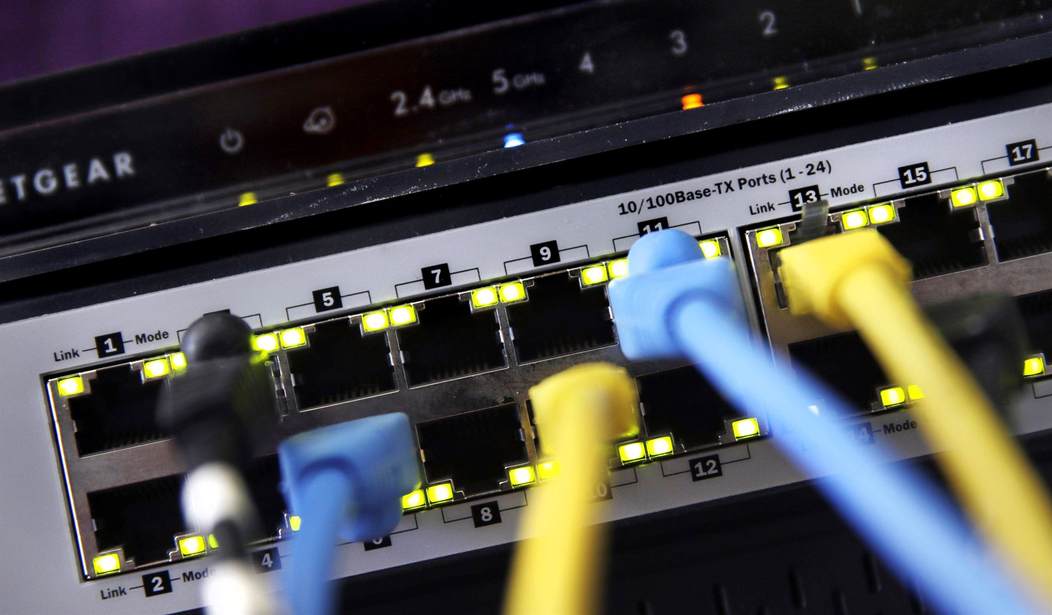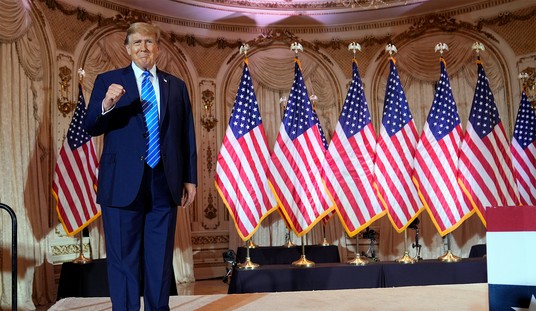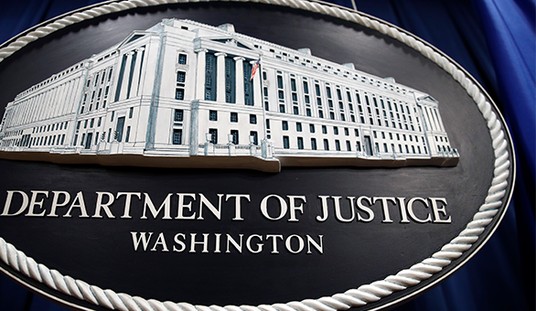Editor’s Note: This piece was co-authored by Dr. Ned Mamula
How did America become reliant on China and India for items critical to Americans’ health? Common sense dictates that some products made in the U.S.A. are worth paying a higher price, rather than buying cheaply manufactured goods from halfway around the world—especially products that have to do with our safety, health and well-being.
When computers finally became both affordable and integrated into businesses during the 1970s and 1980s, America faced stiff competition from Japan’s automakers. The ability to manage the inventory for each part of such a complicated product promised to shave significant savings from the final cost, and make a difference between profit or not. Major manufacturers embraced the possibilities that this new technology delivered, with Silicon Valley’s darling, Hewlett-Packard, held up as the prime example of how “lean manufacturing” could eliminate the need for large warehouses and their staffs, assets tied up in inventory for weeks on end, and ultimately improve throughput and cashflow.
Sophisticated software was developed for finance, marketing and production executives. Integrated ordering and vendor supply management became increasingly necessary during any economic downturn, starting in the early 1990’s, through America’s post-9/11world, and more recently the 2008 “financial crisis.”
Simultaneous to the explosion and application of technology was China’s re-emergence on the world stage. Business books like China, Inc. and China Dawn resonated with investors looking for ever-greater financial returns. Venture capitalists in Silicon Valley virtually required entrepreneurs to have a “China strategy” for their product or service. China and India’s huge and untapped consumer markets beckoned, and companies chose to leverage America’s sophisticated communications network in order to locate plants and offices in far-flung lands in order to stay close to those customers, not American purchasers. Many Silicon Valley young executives and their employees, fawned over for their adherence to disruption of the status quo and support of globalization, became role-models and heroes to our next generation, and perpetuated a kind of groupthink which shaped American attitudes and policies.
Recommended
With a seemingly unending supply of cheap labor, shrewd and consistent leveraging of natural resources, critical minerals, and savvy positioning, China made sure the entire world became ever-more reliant on them for most manufactured goods. And, in a reprise of the auto manufacturers’ dilemma, as the complexity and number of healthcare product components increased, it simply became easier to let the Chinese handle supply chain details. China now supplies core materials needed for everything from bedpans, to penicillin, to MRI and computerized tomography [CT scan] equipment.
As the internet became ubiquitous, reliable, and well-integrated into what had been standalone systems, the ease of simply ordering up needed parts in shortened timeframes became too seductive to question. This then became the forerunner of today’s Amazon-like ordering-shipping solution for everyone and everything. Retailers folded, as their businesses required physical shelving and storerooms, seasonal inventory turnover, and humans, not robots, to work in decentralized locations to serve customers face-to-face. Instead, online ordering with next-day delivery became the expected norm. Known risks were shrugged off, and the item cost was the only differentiator in a predictable, controlled world.
Until COVID-19 hit like the proverbial ton of bricks. Then the concept of commoditization and the logistical hurdles of distance became very real.
A key employee of a hospital supply company, responsible for supporting one state’s entire public hospital system, is appalled that just-in-time is applied in the health care industry. “It burns me up. Not only are the masks made in China, but our [hospital] customers only had a one-month inventory.”
In a world without emergencies, that may make sense, yet its ramifications are now being played out globally: one week to decide and place-purchase order; two weeks to manufacture and package; two weeks to ship to final destination. However, nowhere in this commoditization of medical supply products was consideration of the very human reaction of panicked decision-making, or a highly contagious virus which tested the coping limits of mankind.
Resource wars have defined societies as long as they have existed. Yesteryear’s were over access to water and arable land. Last century’s were over oil and gas, and began over critical minerals. The current resource battle over speedy access to a growing range of manufactured, cultivated, or developed products by the whole of the world tests the resilience and adaptability of capitalism against a central command-and-controlled economy. Under China’s President Xi Jinping, instead of Western-investment-based capitalism, they now have what is at best loosely labeled “authoritarian capitalism,” and in Xi’s own words, socialist Marxism should trump capitalism.
Today and tomorrow, key natural and manmade resources will be those that comprise not only our medical industry, but transportation, military, and education. Even those devices that we rely on to maintain and repair our sophisticated products require those resources, too. Have you brought your car into a mechanic recently?
Our lives depend on human understanding, not academic theories or virtual reality. There are very strong rationales for emergency supplies and stockpiling. Distance can be overcome with jet engines, but heavy cargo still relies on slow transit across huge oceans between continents. And time is an unforgiving and irreversible force, as manufacturers need days to re-tool factory floors, order raw materials, run machines, package output, and drive urgent supplies to medical and hospital staff working against the clock.
Just-in-time solutions are good enough when they work seamlessly. But they cannot necessarily be trusted in an emergency when life-saving needs can’t ever arrive just too late.
Ann Bridges, formerly a Silicon Valley executive, writes about business issues in both fiction and non-fiction. Dr. Ned Mamula is a geologist and formerly a mineral resource specialist with the U.S. Geological Survey. They are co-authors of Groundbreaking! America’s New Quest for Mineral Independence.

























Join the conversation as a VIP Member